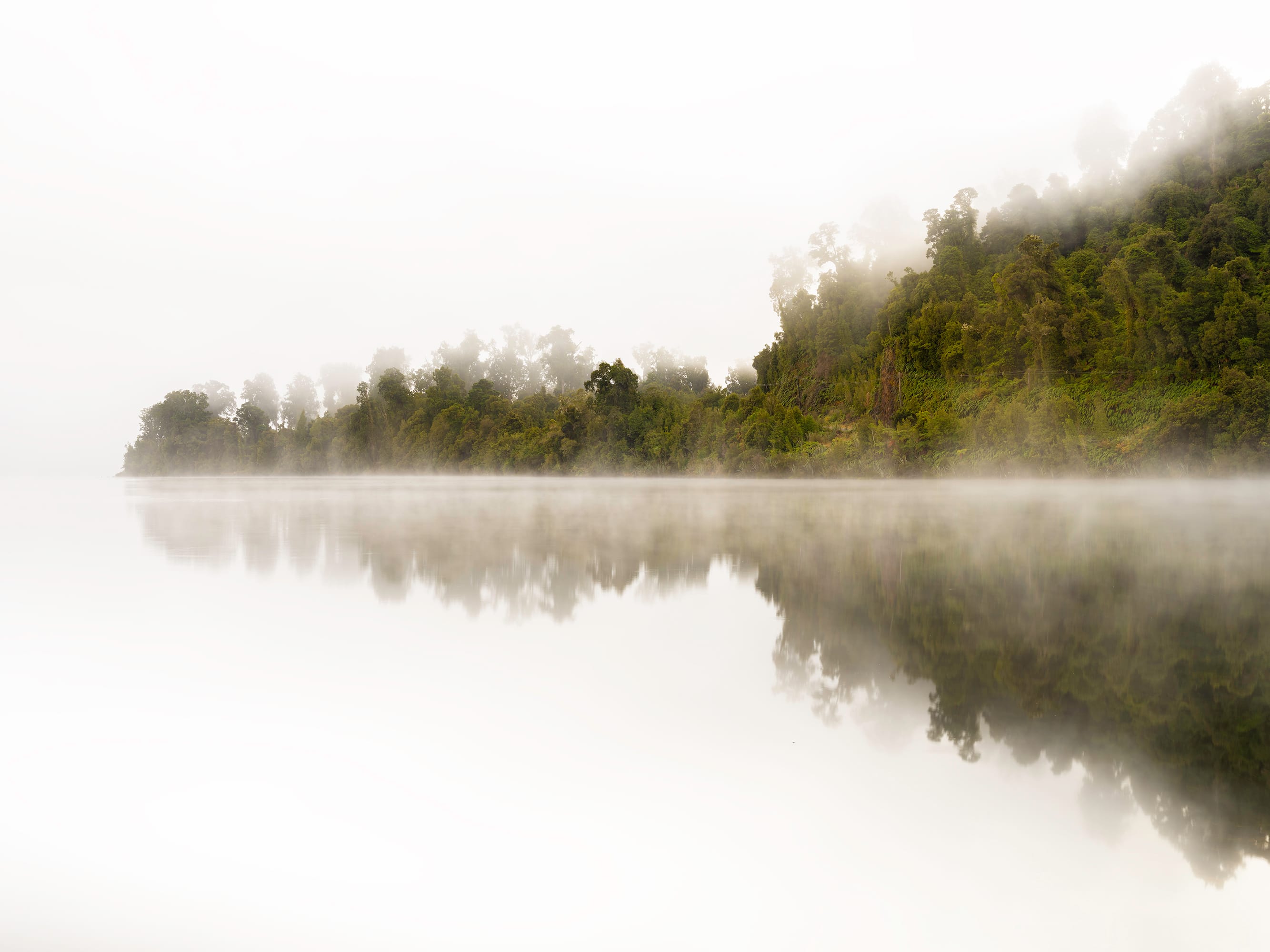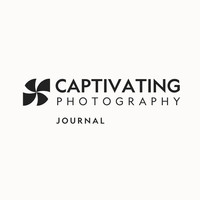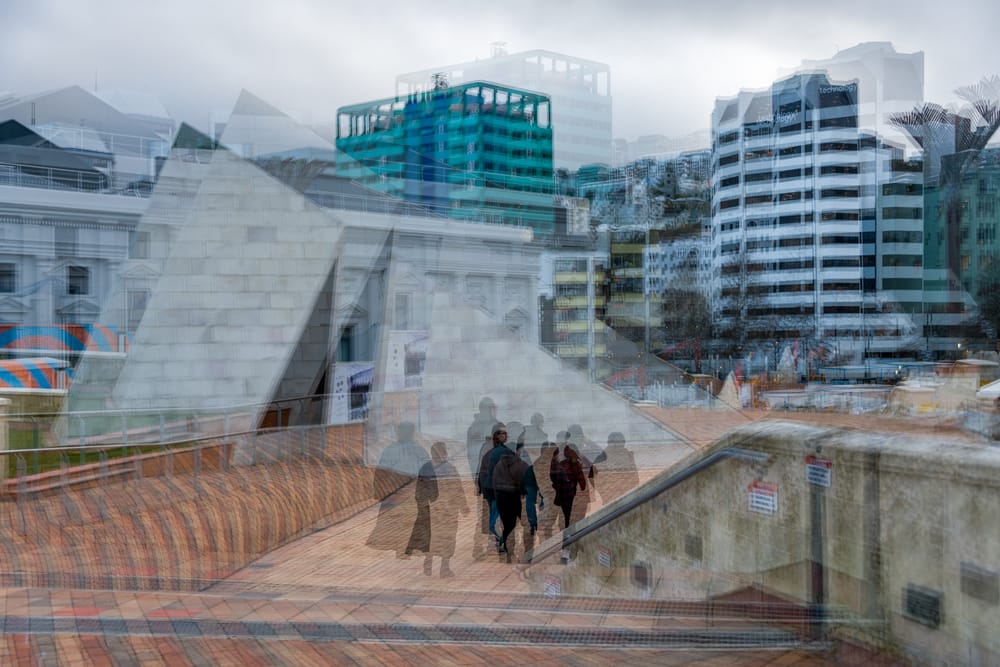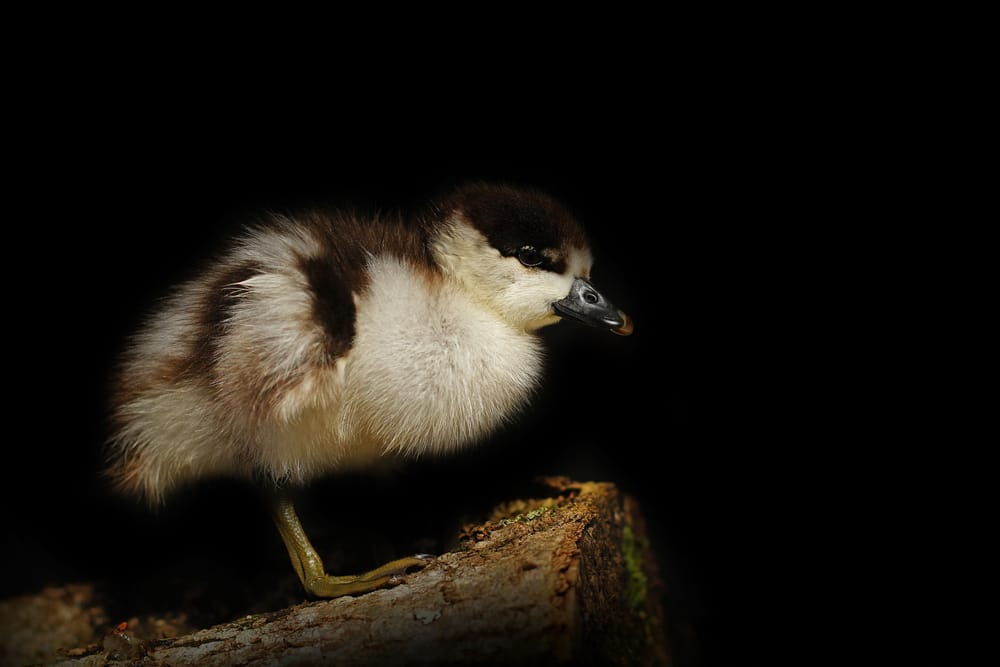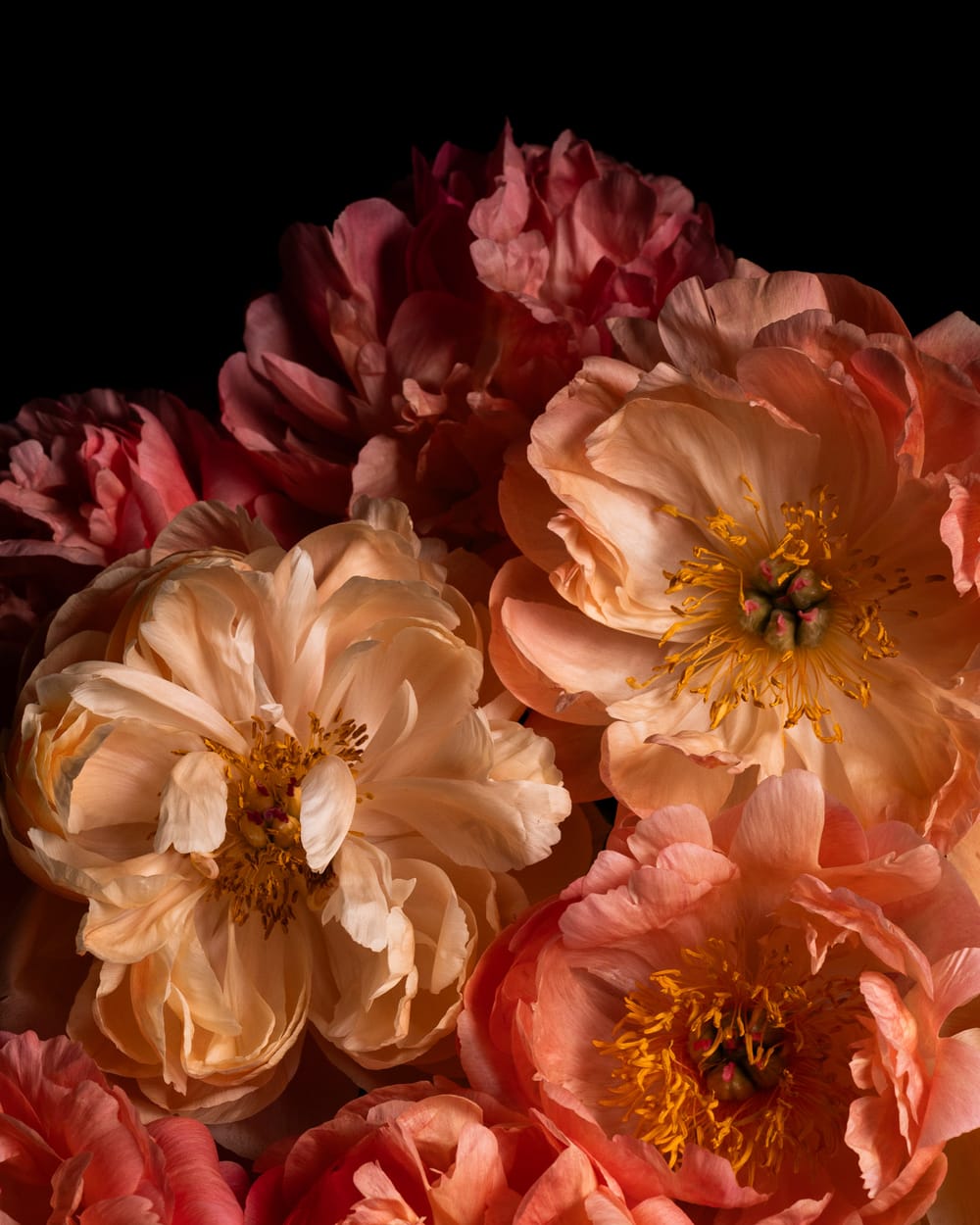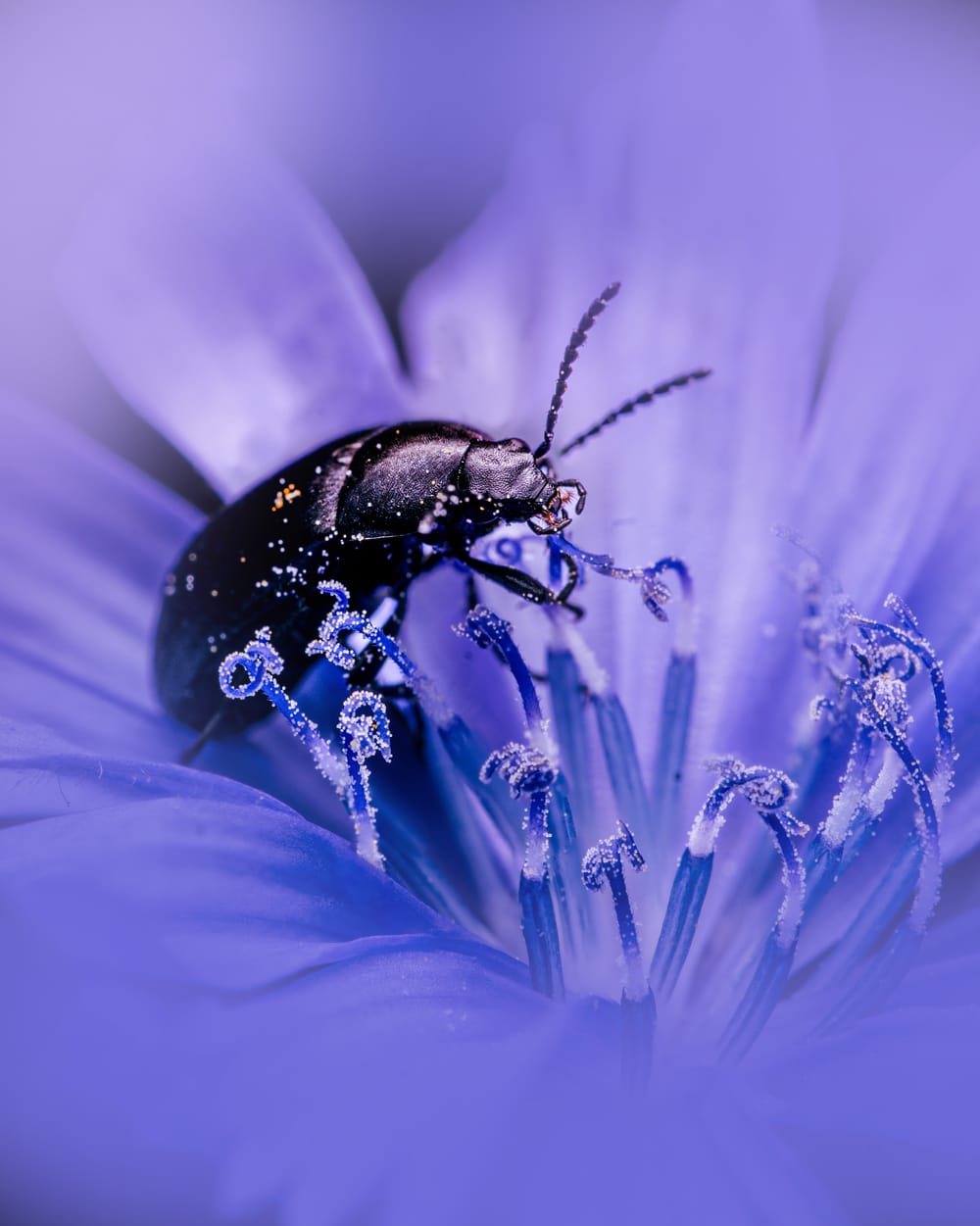Richard Hume is a landscape photographer whose journey began with a Pentax film camera in the 1980s and has grown into a lifelong passion for capturing the natural world. His work balances technical skill with a deep love of the outdoors, shaped by both professional studio training and countless adventures in nature.
In this interview, we talk to Richard about the experiences that shaped his photography, the patience and light that guide his work, and the joy he finds in sharing his images with others.
Richard, can you tell us how your journey into photography began?
My journey with photography began in the mid-1980s, when, as a teenager, I picked up a visiting family friend’s SLR camera. It was a Pentax P30, and although I had little idea what I was doing, I spent the afternoon experimenting with compositions and getting a feel for it. I must have been inspired, because the following week I bought the same camera second-hand using savings from my part-time job.
I was totally mesmerised, photographing everything around the neighbourhood. The camera quickly became something I carried with me on all my bike adventures. It took me a while to grasp the fundamentals, but it was always exciting to finish a roll of film and head off to get it processed. Even back then, my subjects were almost always outdoors.
Around this time, I discovered a book called Sense of Place by Robin Morrison. I spent hours studying those beautiful photographs, starting to notice the importance of natural light, composition, and timing. That book had a huge impact on me, planting the idea that an image could be rich with meaning and tell its own story.
In the mid-1990s, my journey took another turn when I landed a job in London as a photographer’s assistant in a busy commercial studio. Over the next couple of years, I became immersed in every aspect of the craft: medium-format film cameras, studio lighting, product shoots, and portrait work. It was an incredible hands-on education.
That combination of early outdoor exploration and later professional studio training gave me a foundation that has shaped the way I work today, balancing technical skill with a deep love of natural landscapes.
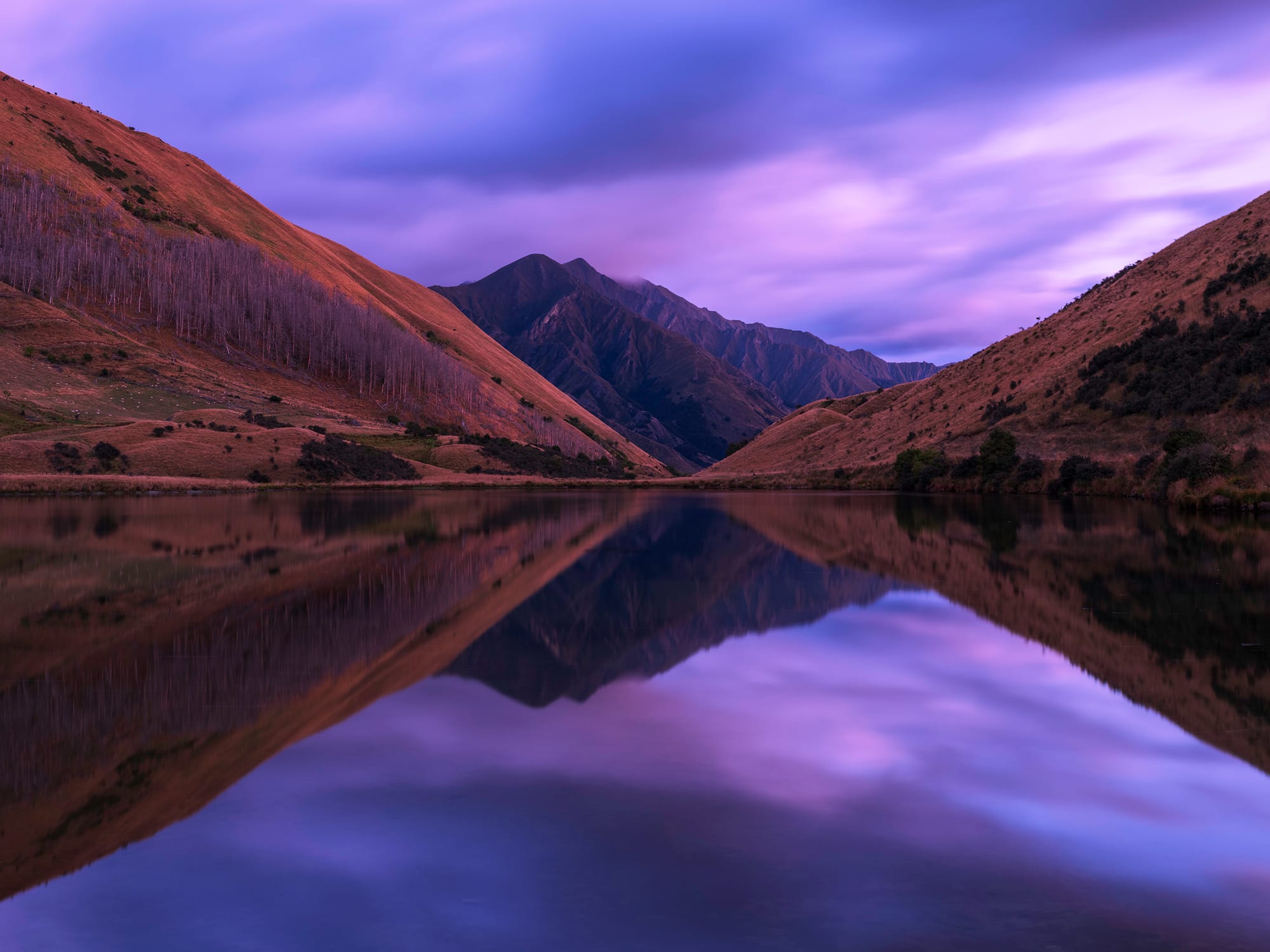
What does landscape photography let you express that other genres don’t?
In the early 2000s, I came across some extremely successful landscape photographers, and it was a huge revelation. I realised that everything I had done previously, or thought about with my photography, could be channelled into the landscape art genre, and I was hooked. These photographers were doing exactly what I longed to do: capturing beautiful scenes and making a living from their art. I sold all my existing camera equipment, bought a second-hand Fujifilm GX617 medium-format panoramic camera, stocked up on 120 film, and headed off on my first South Island road trip.

